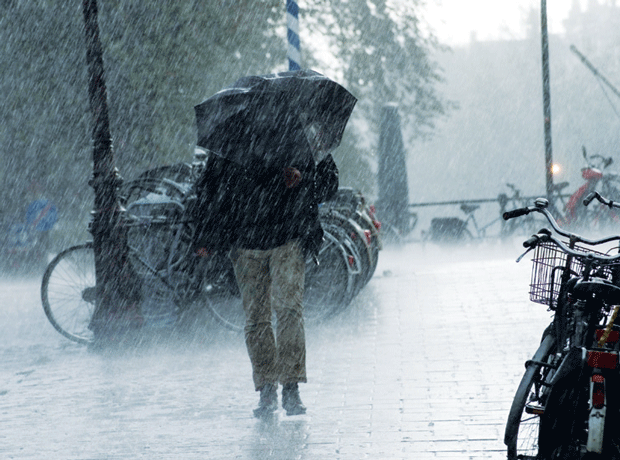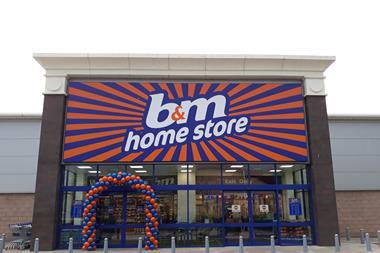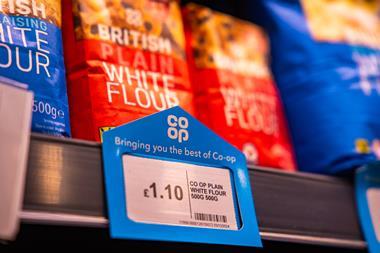
When Mars sent Jeremy Clarkson a case of Snickers with the words “you’re not you when you’re hungry” last month, they didn’t just score a PR coup. They raised an interesting theoretical question: could a Snickers bar ever produce a calming effect potent enough to mollify a marauding Clarkson?
No, I’m not suggesting Mars starts lacing its chocolate bars with tranquilisers. A growing body of research is suggesting ways in which brands can use the senses (taste, texture, smell, even the crinkling sound of a wrapper…) to elicit certain emotional responses from consumers.
It’s not as barmy as it sounds. “We’re looking at ways of linking sensory attributes to emotions,” says Amirah Ashouri, senior sensory & consumer scientist at Leatherhead Food Research. “It’s still early days but it is clear certain attributes can trigger memories of life experiences. Aroma, for example, can be a strong trigger for memories. Brands could be using sensory attributes to their advantage.”
Indeed, retailers have been piping the smell of baking bread around their stores for years in the belief it creates a comforting environment. This would, theoretically, make shoppers likely to linger for longer and therefore spend more (a few years ago Asda even tried adding the sound of clucking hens to its eggs fixture), so there’s no reason why brands couldn’t be taking similar steps.
To use an example from Ashouri’s presentation at Mintel’s Food & Drink Big Conversation event yesterday, McVitie’s could exploit the senses to elicit the same emotions the brand’s Sweeet ad campaign are trying to rouse. In short, by enhancing smell, texture or other attributes, the brand could help consumers actually feel the ‘cuddles and snuggles’ it talks about in its ads.
I must confess, I wasn’t totally convinced on just how much the senses can be used to alter our perceptions of a product. Until last night’s launch of Talisker’s latest single malt expression, Skye, that is. For the launch, Diageo had clearly been brushing up on the sensory sciences.
They filled the London Canal Museum with the sound of howling winds and rain lashing against windows; they piped in the smell of wood smoke and projected footage of crashing waves onto the walls. The effect was to make the slightly sweet, slightly spicy, slightly salty whisky taste even more comforting, like we were holed up in a Hebridean croft as a storm raged outside.
It also made it rather moreish. And rather calming. Perhaps a crate of Talisker would have been a better present for Clarkson.



















No comments yet